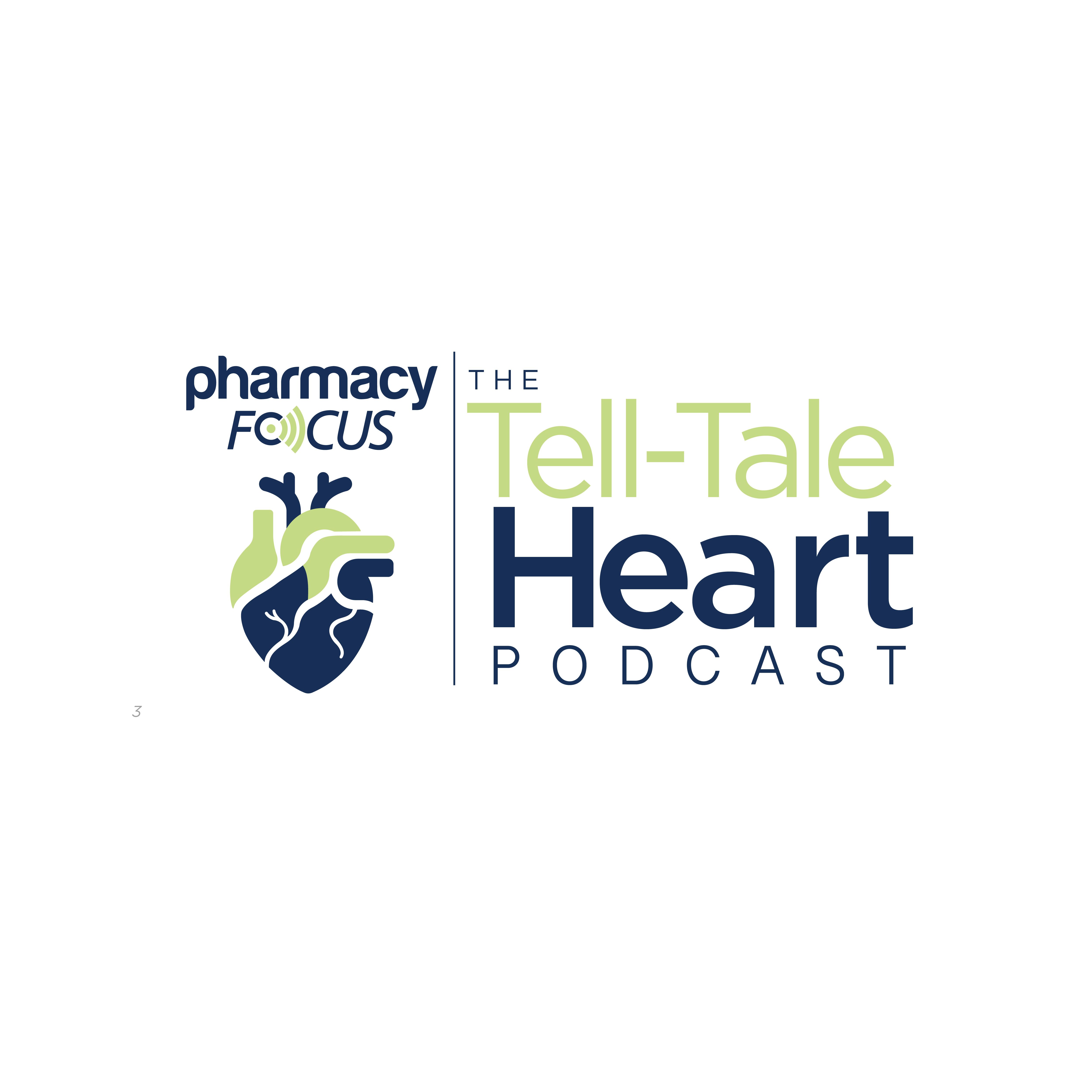News
Article
FDA Approves Interchangeable Biosimilar to Xolair
Author(s):
Key Takeaways
- Omalizumab-igec is the first FDA-approved interchangeable biosimilar to omalizumab, targeting IgE to prevent allergic responses.
- It is indicated for asthma, chronic rhinosinusitis with nasal polyps, food allergy, and chronic spontaneous urticaria.
Omalizumab-igec is designed to attach to immunoglobulin E (IgE), which is produced at high levels among individuals with allergies.
The FDA has approved omalizumab-igec (Omlyco; Celltrion), the first interchangeable biosimilar to omalizumab (Xoliar; Genentech).1,2
Omalizumab-igec is indicated for the treatment of1:
- Moderate to severe persistent asthma among individuals greater than 6 years of age whose asthma symptoms are not well controlled with inhaled corticosteroids (ICS)
- Chronic rhinosinusitis with nasal polyps among individuals aged 18 years and older with inadequate response to nasal corticosteroids when used as add-on maintenance treatment
- Food allergy among individuals 1 years of age and older
- Chronic spontaneous urticaria (CSU) among individuals aged 12 years of age and older whose hives are not controlled with H1 antihistamine treatment
Image credit: Araki Illustrations | stock.adobe.com

Omalizumab-igec is designed to attach to immunoglobulin E (IgE), which is produced at high levels among individuals with allergies, triggering an allergic response to an allergen. The biosimilar blocks IgE from binding to its receptors. Although omalizumab-igec is administered subcutaneously for all indications, it requires different dosing instructions for each indication.1
Omalizumab-igec is the first FDA-approved anti-IgE antibody biosimilar referencing omalizumab interchangeable with the reference product for all highlighted indications. The biosimilar is available in a 75 mg/0.5 mL and 150 mg/mL single-dose prefilled syringe solutions.2
The FDA's approval and interchangeability designation for omalizumab-igec were granted based on a phase 3 trial with 619 adults with CSU. The patients received omalizumab-igec or the reference product, with some switching from the reference product to omalizumab-igec after week 12. The study, which followed patients until week 40, demonstrated that omalizumab-igec exhibited comparable efficacy and safety to the reference product during both the treatment and off-dose periods.2
Common adverse reactions include headache, fever, dizziness, arthralgia, and injection site reactions. Additionally, the FDA released a boxed warning for risk of anaphylaxis, which can manifest as bronchospasm, hypotension, syncope, hives, and/or swelling of the throat or tongue. The company noted that this reaction can occur following any dose, even after a year of treatment.1,2
Pharmacists play a crucial role in the subcutaneous injection process of omalizumab-igec, particularly in ensuring patient safety and adherence. In addition to verifying the prescription, pharmacists assess for potential drug interactions and educate patients on proper injection technique, including site selection and rotation. In some settings, pharmacists may administer the injections themselves, particularly during initial doses or when patients require close monitoring. Moreover, they are vital in managing adverse reactions, providing ongoing support, and coordinating with physicians to optimize treatment outcomes, ultimately contributing to improved allergy management for patients.1,2
"We are proud to achieve the approval of the first biosimilar to omalizumab in the U.S., which will help broaden access to this important medicine for patients with allergic and respiratory conditions, as well as for physicians, payers, and providers," Hetal Patel, vice president of medical affairs at Celltrion USA, said in a news release. "The interchangeability designation of Omlyco reinforces confidence among physicians and patients that there is no decrease in effectiveness or increase in safety risk associated with switching between Omlyco and the reference product."2





